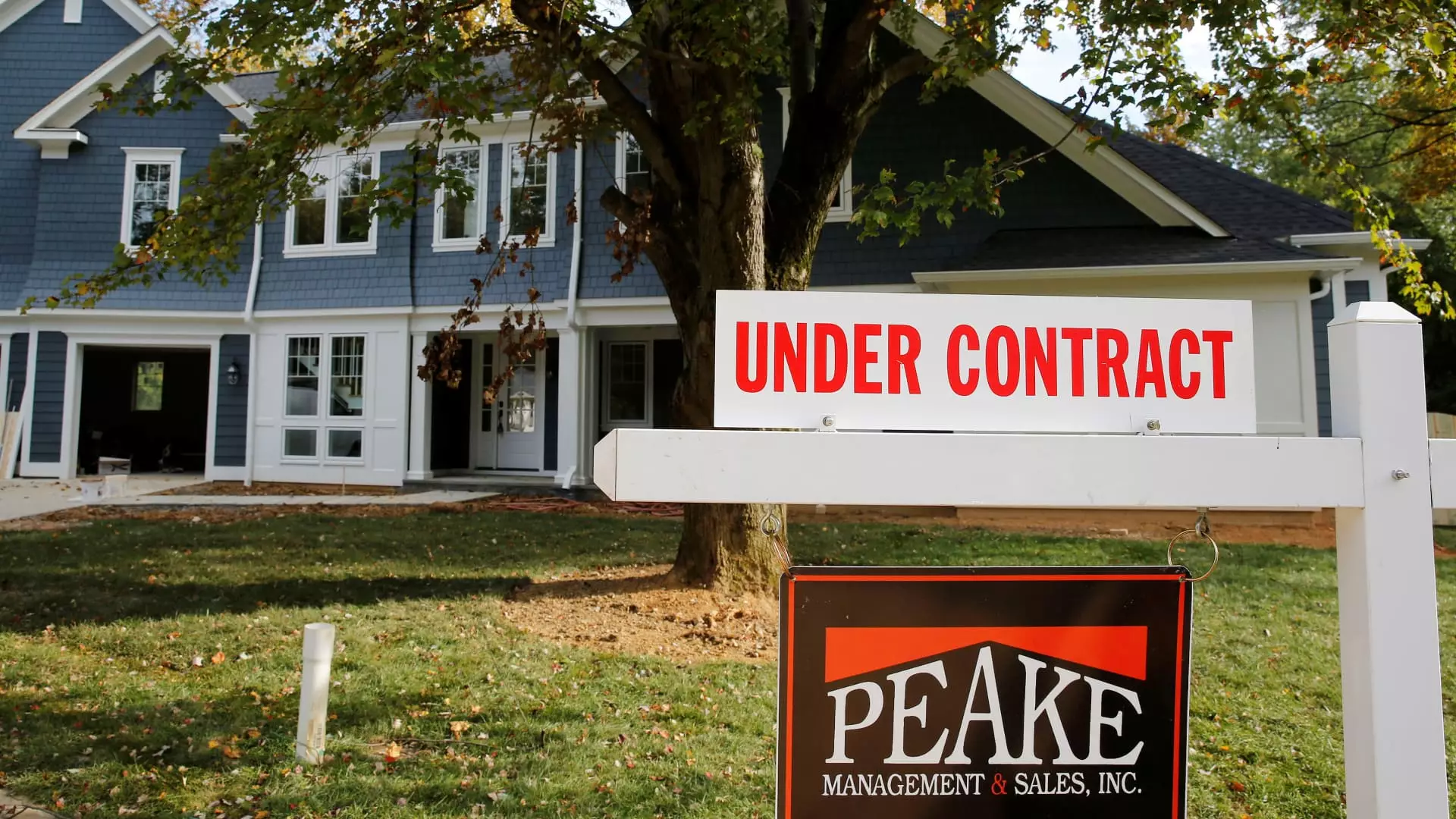In a surprising turn of events, September witnessed a remarkable 7.4% increase in the number of signed contracts for the purchase of existing homes, as reported by the National Association of Realtors. This surge far exceeded analysts’ expectations, which had predicted a modest 1% uptick. The uptick brought pending sales to their highest level since March, and they were also 2.6% higher compared to September of the previous year. These pending sales are critical indicators of immediate buyer demand, providing a clear window into the current state of the real estate market. Given that they are calculated based on signed contracts, they reflect the preferences and behaviors of buyers actively engaged in the housing market.
The Influence of Mortgage Rates
One of the key factors influencing this increase in buyer engagement is the fluctuating mortgage rates that characterized late summer. Throughout August, the average rate for a 30-year fixed mortgage declined, reaching a low of 6.11% on September 11. This drop in rates appears to have invigorated buyers, as evidenced by the surge in pending sales. However, this trend faced a swift reversal, with mortgage rates now surpassing the 7% mark as of October. This scenario exemplifies the sensitivity of today’s home buyers to changes in borrowing costs, as higher mortgage rates directly impact affordability and the overall housing market dynamics.
Examining regional trends reveals that the increase in pending sales was widespread, with notable gains in the Northeast and West. The West, in particular, experienced the most significant increase, likely due to its higher home prices; here, even a minor reduction in mortgage rates can significantly affect buyer confidence. Conversely, the Midwest and South exhibited flatter trends, which may suggest differing regional economic factors and buyer sentiments. Lawrence Yun, the chief economist for the Realtors, emphasized that the combination of lower mortgage rates and increased inventory had encouraged buyers across the nation to enter the market.
Despite the uptick in pending sales, analysts warn that this recovery may be short-lived. Selma Hepp, chief economist at CoreLogic, pointed out that with rates climbing back to the 7% threshold, the momentum gained in pending sales could fade quickly. Moreover, while there has been a noted increase in mortgage demand from homebuyers, this resurgence occurs within a context of historically low demand. The overall landscape for home sales in 2024 may still struggle to surpass the levels witnessed in 2023, particularly if economic conditions shift or if affordability continues to wane.
While September’s spike in pending home sales offers a glimmer of hope amid an uncertain market, the underlying economic challenges and fluctuating mortgage rates will likely dictate the sustainability of this momentum. The real estate sector faces an intricate balancing act as it grapples with buyer sensitivity to financial conditions, regional disparities, and broader economic indicators. As the market evolves, stakeholders will need to remain vigilant, looking for signs of sustained growth amid potential headwinds.

